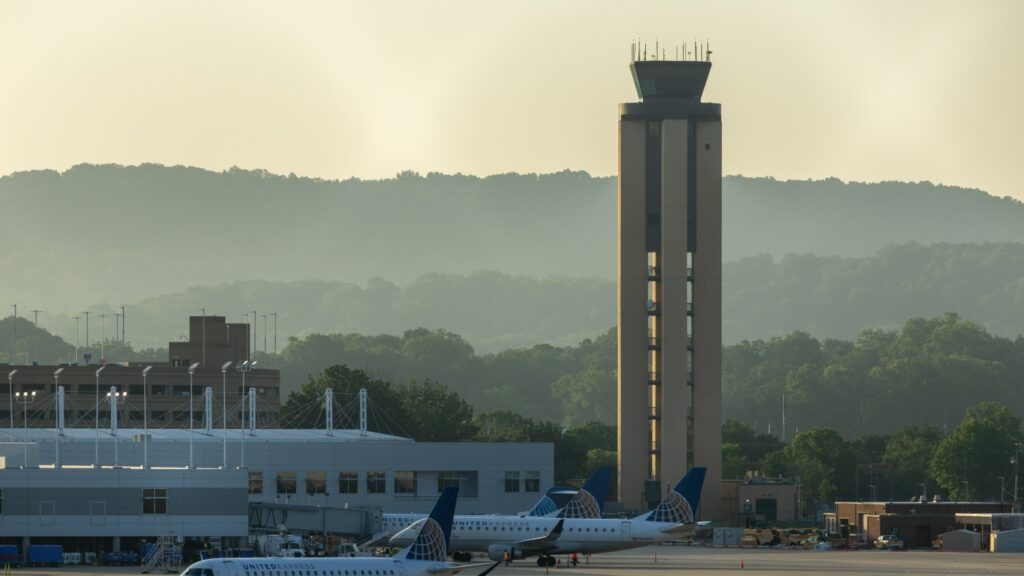
In a renewed focus on the U.S. air traffic control system, the Trump administration has shifted its attention from privatization to modernization. This change follows recent technical outages, staffing shortages, and a tragic midair collision near Washington, D.C., that claimed 67 lives. The administration now proposes a multibillion-dollar investment in the Federal Aviation Administration (FAA), setting aside earlier privatization ambitions.
Transportation Secretary Sean Duffy emphasized the need to avoid divisive debates over privatization. “To have a fight about privatization is just going to divide people,” Duffy stated during a press conference. “And what that’ll actually do is make sure that we don’t actually build a brand new air traffic control system.”
Industry Support for Modernization
The aviation industry, which once rallied behind privatization, is now supporting Duffy’s modernization plan. The Modern Skies Coalition, comprising major airlines, the National Air Traffic Controllers Association, and other groups, backs efforts to update outdated equipment and expedite hiring of new controllers.
However, the argument for privatization persists among some FAA critics, who suggest that removing air traffic control from direct government control could resolve systemic issues.
Lessons from International Models
Proponents of privatization often cite Canada as a successful example. In 1996, Canada privatized its air traffic control by selling it to the non-profit NAV CANADA for $1.5 billion. The move aimed to streamline investments and improve efficiency, bypassing the slow public procurement process.
“The privatization aimed at finding a way to overcome those inefficiencies, most notably by having a more flexible approach when it comes to investments,” said Vincent Correia, a professor of aviation law at McGill University.
Canada’s funding model shifted from tax revenue to fees based on flight weight and distance. Similar privatization models exist in the UK, Australia, New Zealand, Germany, and Switzerland. Yet, a 2017 Congressional Research Service report found no conclusive evidence that these models outperform the U.S. government-run system in terms of productivity, cost-effectiveness, service quality, or safety.
Challenges and Concerns
Despite international examples, privatization faces criticism. A 2023 report from the International Civil Aviation Organization downgraded Canada’s flight safety grade, highlighting potential pitfalls. Critics argue that the U.S.’s vast and complex airspace could exacerbate these issues.
“When we look around at the performance in Australia, in New Zealand, in Europe, in the United Kingdom, and in Canada, we see very small, not particularly complex operations compared to the U.S. and we see chronic delays,” said Ed Bolen, CEO of the National Business Aviation Association.
Concerns also extend to smaller airports and pilots, who might suffer under a privatized system that favors larger economic players. Jim Coon from the Aircraft Owners and Pilots Association warns of negative impacts on small communities reliant on local airports.
Public Utility Model: A Middle Ground?
Robert Poole from the Reason Foundation suggests transforming the system into a public utility. This model would direct revenues straight to an air traffic corporation, potentially a non-profit or government entity, allowing for bond issuance and streamlined procurement processes.
“The revenues would go directly to the air traffic corporation, whether it’s a nonprofit or a government corporation,” Poole explained.
Such a model could separate safety regulation from operations, potentially enhancing safety enforcement.
Privatization Debate: A Stalemate
Despite past advocacy, the push for privatization has waned. Former Republican Rep. Bill Shuster and the libertarian Cato Institute have voiced support, but the aviation industry largely favors modernization over privatization.
Even major airlines, once proponents of privatization, have shifted their stance. The trade group Airlines for America, alongside other aviation bodies, opposed privatization in a February letter, citing it as a distraction from necessary upgrades.
Jim Coon reflects the industry’s consensus: “It’s been discussed for decades. There’s not consensus there. But there is consensus now to modernize our system, and that’s what we want to do.”
As the U.S. navigates its air traffic control future, the focus remains on modernization, with privatization likely off the immediate agenda.






